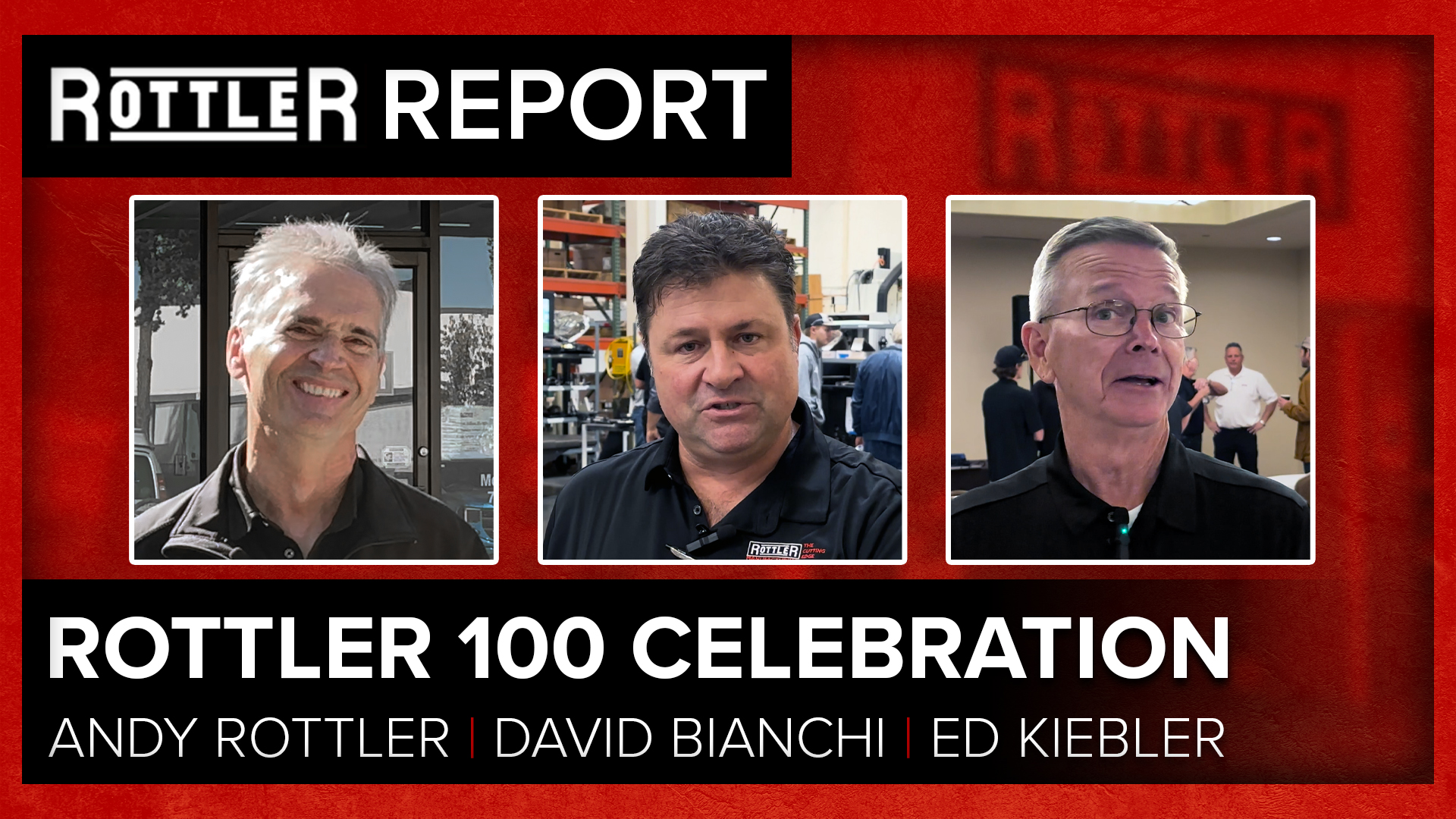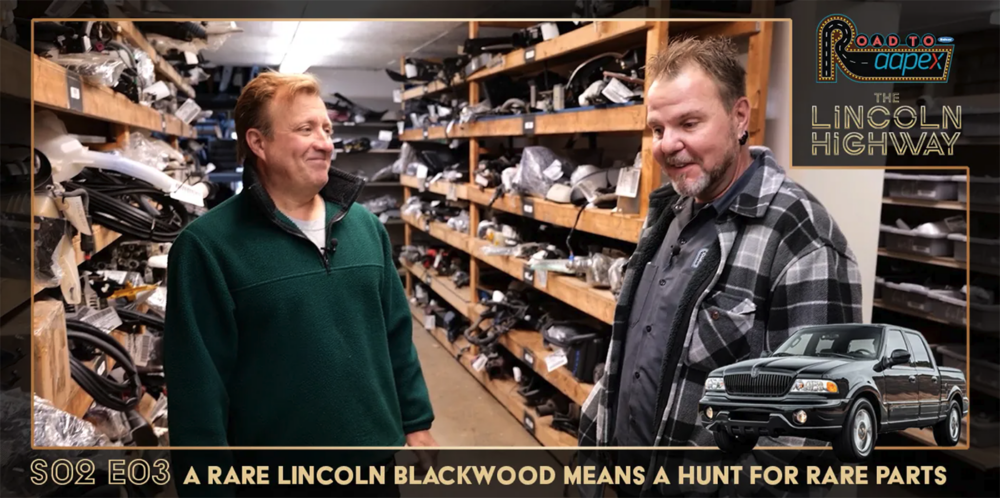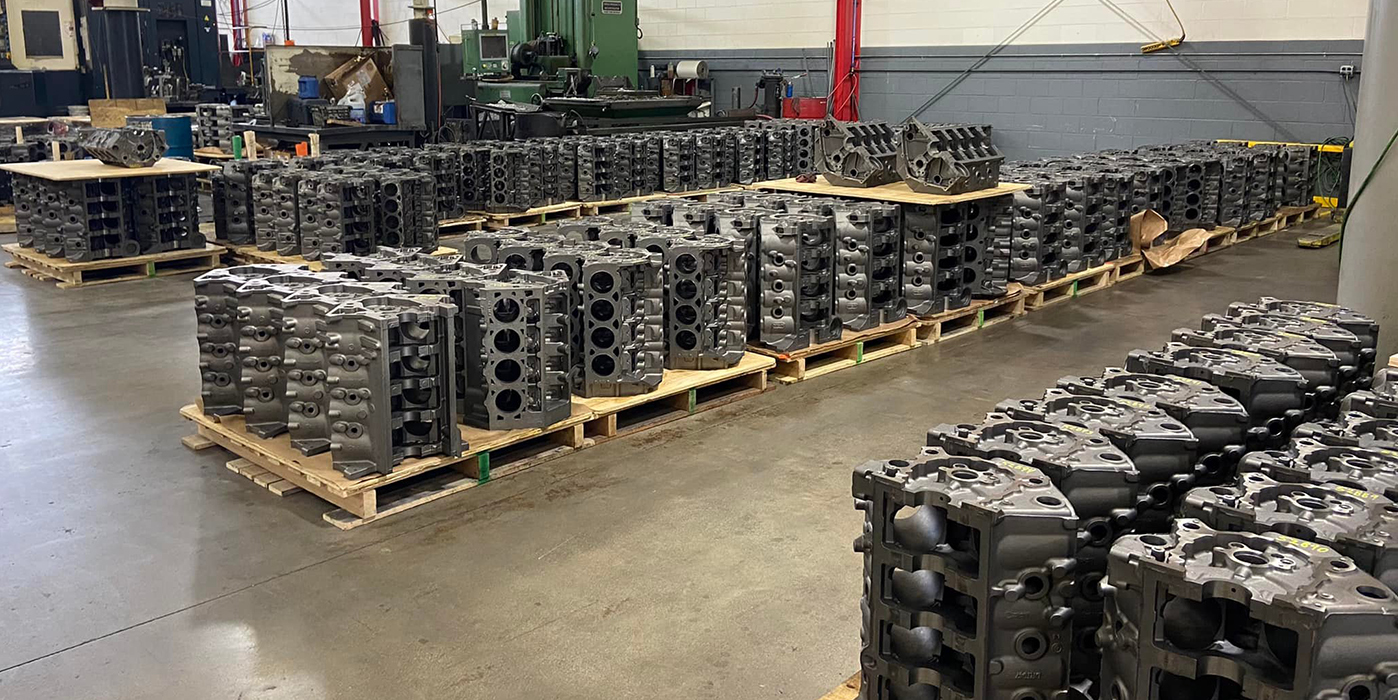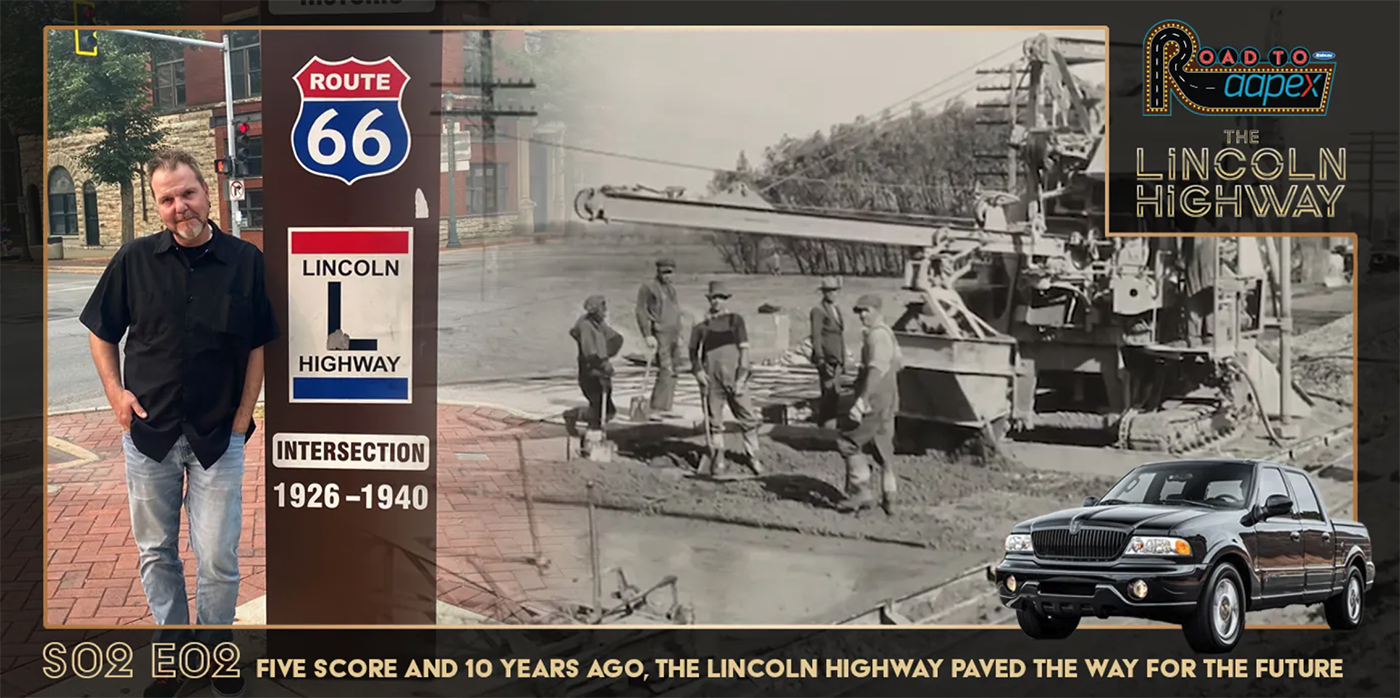You’re probably not going to cry over a little spilled paint, but will you or someone else in the shop literally take the fall for a co-worker’s carelessness?
The list of situations that can cause injuries is long: spilled paint, oil and grease; polished floors; loose matting and uneven walking surfaces; cluttered walkways and large equipment; electrical cords and air hoses; and ladders, scaffolding and stairways.
Because slips, trips and falls constitute the majority of workplace accidents, OSHA addresses general housekeeping as well as keeping aisles and passageways clear and free of hazards in its standards (29 CFR 1910.22[a] and [b]).
The good news is that shops can prevent many of these situations, along with the associated injuries that increase workers’ compensation costs and employee absences.
Cleaning Shop
A well-organized, clean shop promotes customer confidence and overall aesthetics, but it’s also good in the “preventing accidents” department. If your facility has poor housekeeping habits, you may be asking for trouble. A large number of slips and falls can be blamed on disorderly work environments.
Here are some examples:
•
Tripping on equipment or a tool that an employee forgot to put away.
•
Slipping on a paint, oil or grease spill that someone did not clean up.
•
Tripping on electrical cords or air hoses on the shop floor.
Cleaning up around the shop isn’t something that should only be done after hours by certain people. In fact, if employees clean up after spills, put tools away and move equipment to its proper place when they’re finished working with it, something else happens. Over time, your workplace establishes an environment of ownership, personal responsibility and employee pride. The behavior becomes a routine that’s simply done as part of each worker’s daily performance. When an individual is aware and automatically does his or her part to keep work areas clean, the result is a cleaner facility.
Yet, the nature of shop work often is that tools and equipment must be accessible, and normally this means they’re on the floor. Power tools must be plugged in, which means that cords can potentially create tripping hazards. To help decrease the chance of slips and trips, designate aisles and workspaces to help create a clear pattern for equipment and pedestrian traffic.
Keep in mind, however, that stacking boxes and equipment in aisles and hallways to get them out of the workspace is not good for business. Moving an obstacle from one bad place to another bad place isn’t an effective way of cleaning up the shop. Make sure that everything has a proper storage area and is moved there.
Surface Challenges
From polished concrete floors to uneven surfaces, and matting to outdoor work areas, a number of different surfaces can create hazards in going from one place to another.
Traction on surfaces can change drastically when you factor in the environment. For example, customers and cars alike can bring the weather in to the shop with them, whether it’s tracking in water from rain or melting snow or ice dropping off vehicles. Smooth concrete that makes moving equipment easy can become a hazard to people walking back and forth, especially when workers don’t clean up spills quickly. Other fall hazards regarding specific surfaces include uneven floors and broken sidewalks, curbs and parking lots.
Shops can:
•
Keep areas such as parking lots and sidewalks clean, clear and in good condition.
•
Use anti-skid adhesive stripping materials or anti-skid paint in areas that are frequently slippery.
•
Place floor matting around doorways and other entryways.
•
Display wet floor signs in areas where a spill has occurred. This is especially important when a spill cannot be cleaned up immediately, or where the cleanup has just occurred but is not yet dry.
•
Encourage employees to wear slip-resistant shoes.
Bob Medved is the senior account manager for S/P2, a company that helps others meet annual OSHA and EPA requirements. He can be reached at [email protected].













